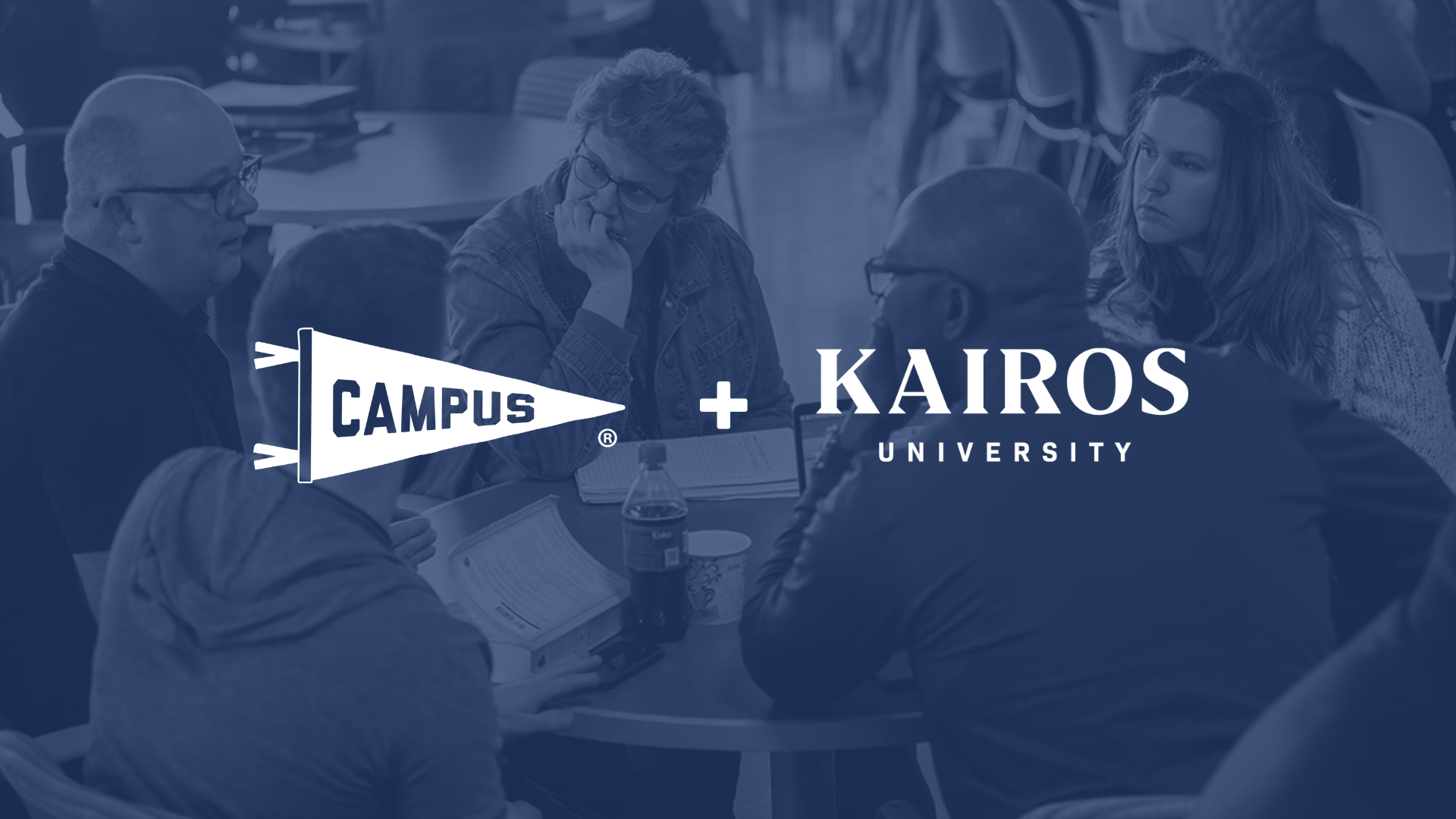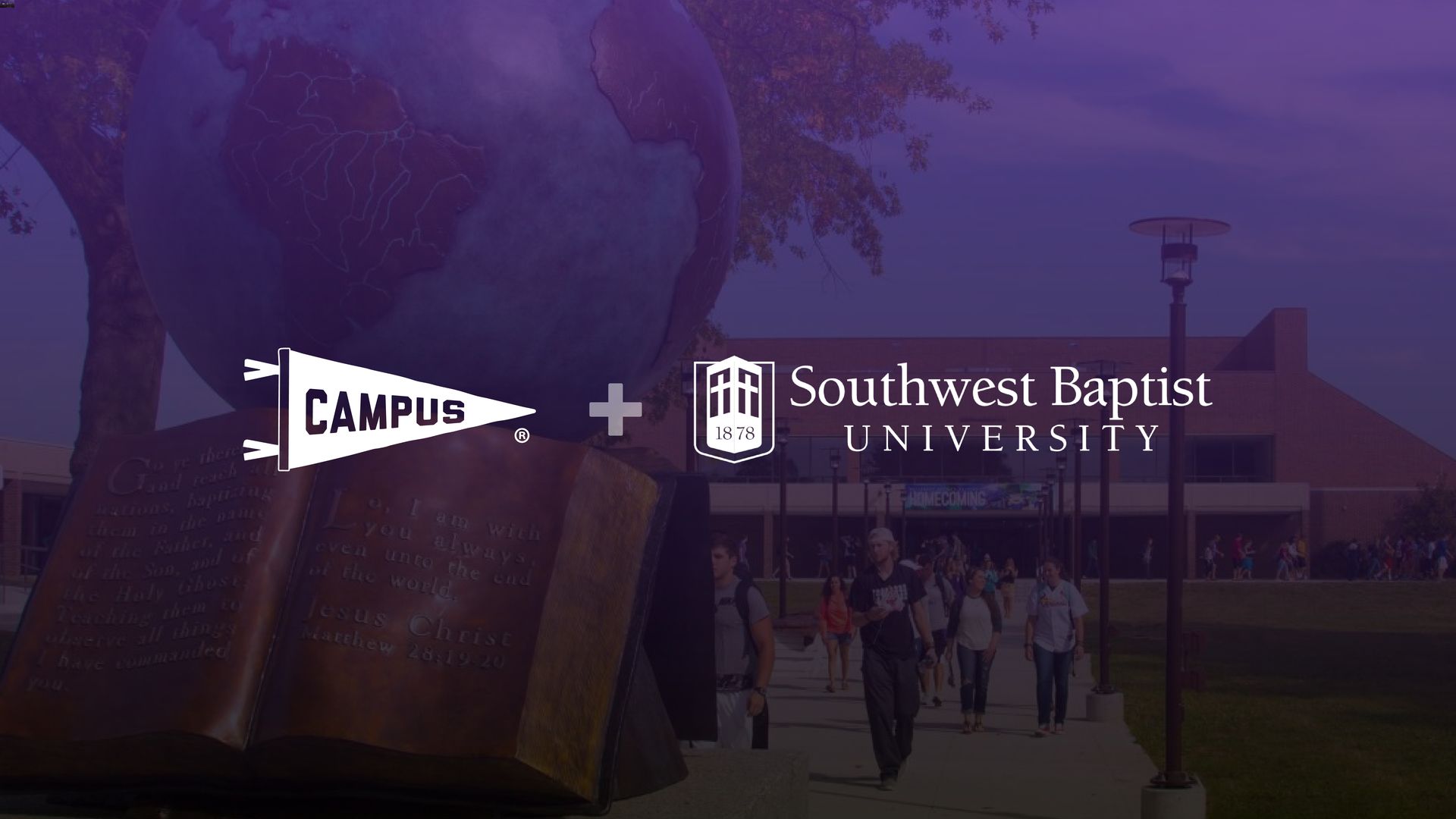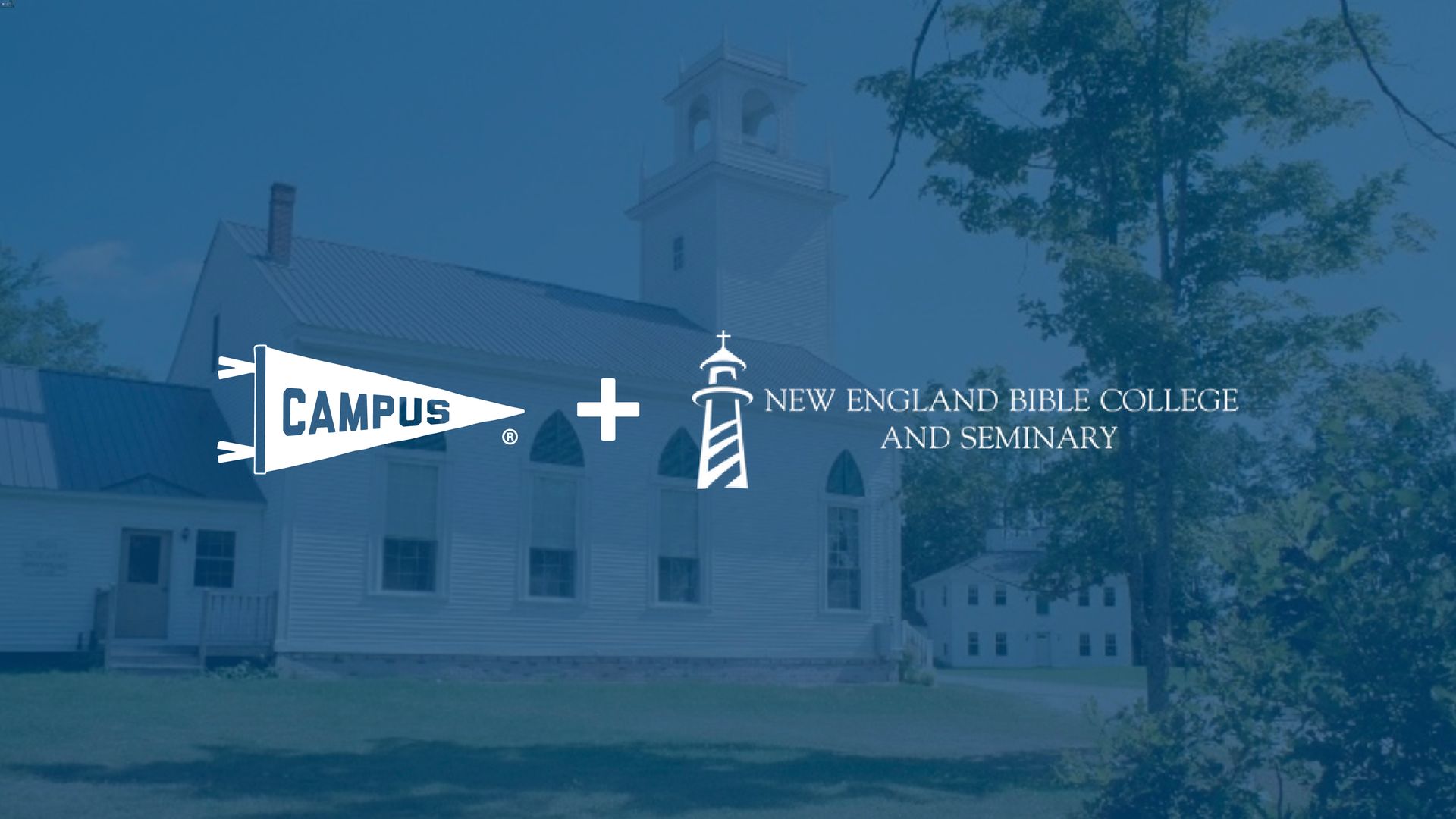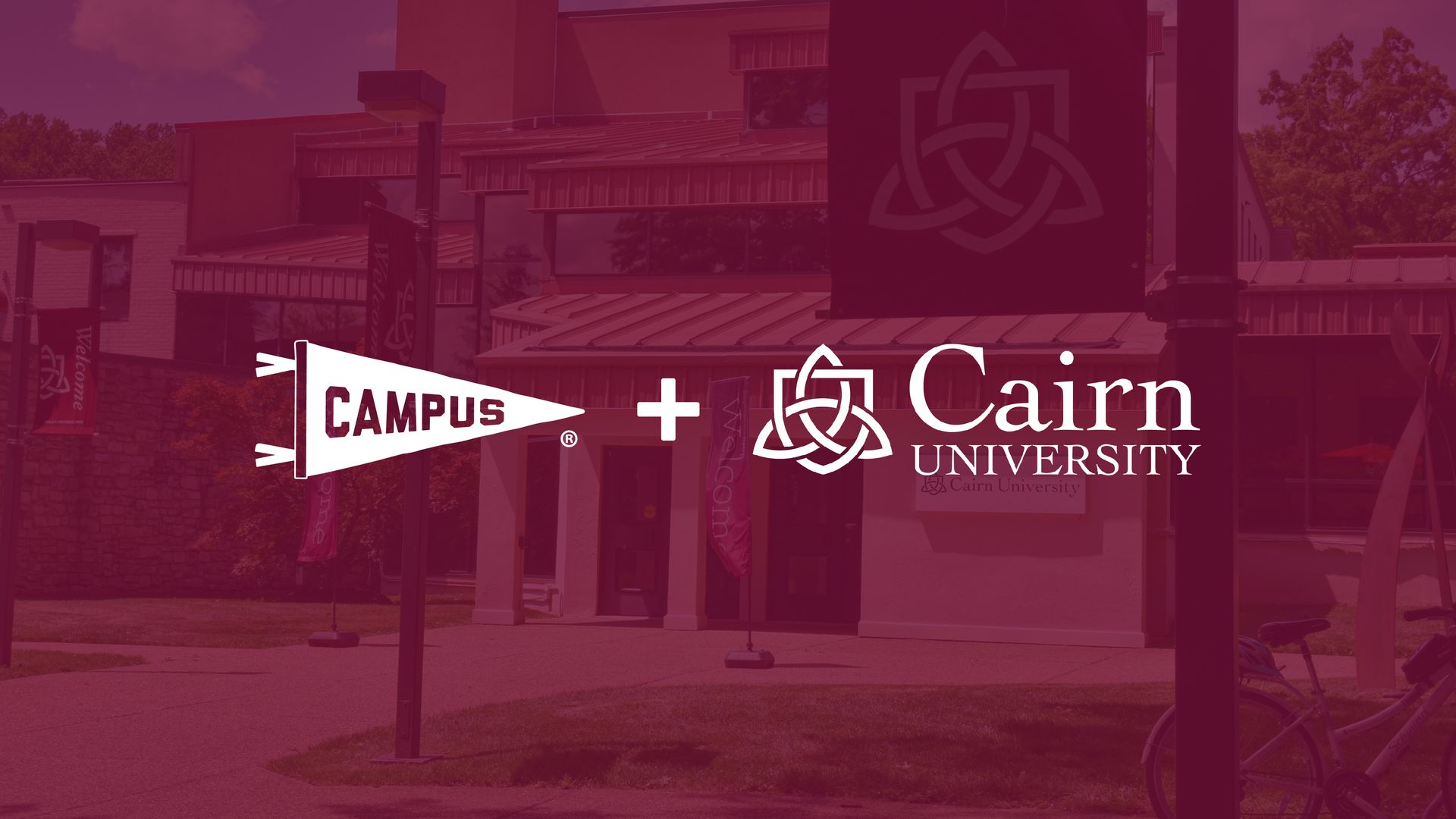Learner-centered Strategy: Price
Erin Crisp
March 15, 2022
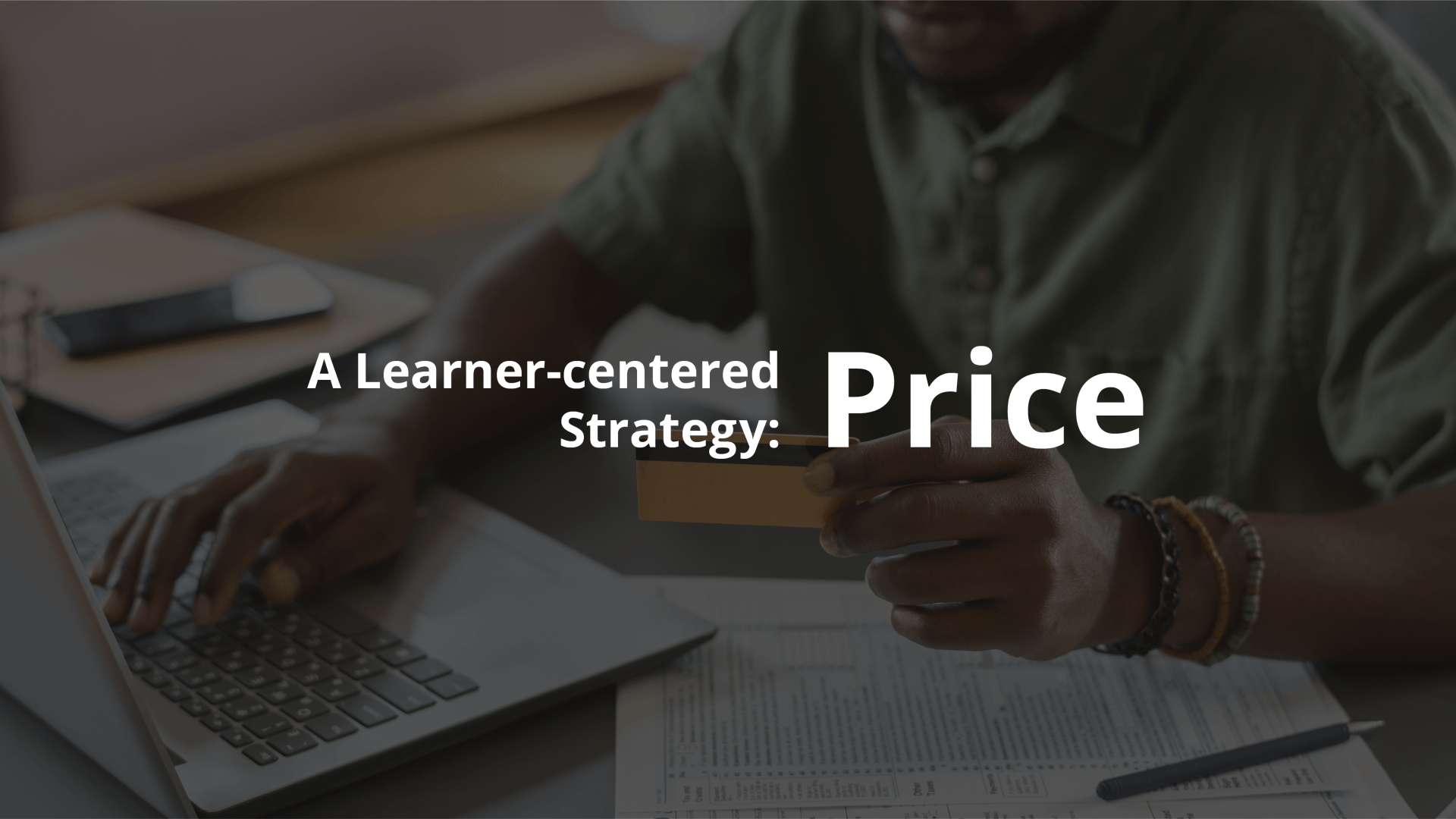
A Learner-centered Strategy: Price
Written by: Erin Crisp, Ed.D.
Any learner-centered strategy for higher education institutions should include an analysis of the potential for variable pricing. At most US Colleges and Universities, there are two variations for pricing- in-state and out-of-state, yet the amount students are actually paying for the same educational experiences varies dramatically based on the aid package, scholarships, and discounts they receive. Variable pricing already exists. It just exists behind the curtain of financial aid packaging.
Every student in a college dorm is probably paying a slightly different amount to attend the same school, yet it would be rare for a student who is “shopping” for a school to have advanced knowledge of what the actual cost for them might be. They exclude schools from their list of potentials as “too expensive” when in fact they may not be, and they include schools where they think they may receive a decent financial aid package only to find out that they didn’t.
As the parent of a high school senior, it almost feels like colleges don’t really want students to use price as a deciding factor when choosing where to attend. And yet, learners and their families indicate again and again that cost is a major factor in choosing a college. A national survey with data from 55,000 students indicates that of the 6,000 students who were accepted but did not attend their first-choice schools, 40% of them declined because of cost.
What would have happened if those first-choice schools had been able to offer those 6,000 students an alternative model that comes with a lower price tag? What if those students could attend their dream school at half the cost because they agree to take half of their courses online? Several models for online delivery make it an affordable option for universities who can pass those savings on to students by offering reduced tuition for online courses.
But if online courses are cheaper, wouldn’t every in-person student just switch to online to save money? It is difficult to predict what students will or won’t do, but we can look at case study examples. The University of Central Florida has been an online learning leader for 25 years. At least since 2010, they have been offering in-person students the option to take courses online. As of 2019 (pre-COVID), 49.4% of UCF’s total student credit hours were taught in the online or blended modality. Even after nearly 10 years, half of all courses are taken in-person.
Many public universities do not vary pricing based on modality. The national average per-credit-hour rate for tuition and fees at public universities is $311 for in-person courses and $316 for online courses (online often includes a technology fee). Private universities are an entirely different story.
The national average per-credit-hour rate at private schools is $1,240 for in-person courses and $488 for online courses.1 If the online course rate were available to students living on a physical college campus, students could drastically reduce their overall cost for the in-person college experience and many more of them might choose to enroll at small, private liberal arts schools that are struggling to fill empty dorm space.
Two other drivers should prompt higher education leaders to consider a strategy that includes variable pricing based on learning modality-- the student loan crisis, and persistent doubts about return on investment. Article after article has been written to explore data on the amount of student loan debt in the US. Today in the US, according to Forbes, 45 million people have student loans totaling $1.7 trillion dollars, a 144% increase from 2007. The huge debt dollar amount (more than US combined credit card debt) is partially attributed to a rise in tuition prices. Consumers might stomach the higher costs if they were assured of a positive outcome, but that too is in question.
Skepticism about the value of an expensive college education is increasing. Harvard-trained economist Laurence Kotlikoff advises against borrowing for school and writes, “Do what it takes, short of borrowing, to attend college if that’s your goal. But also know that two-thirds of Americans are leading full and highly productive lives without the aid of a college diploma lost in a box in the attic.” One could argue that there are plenty of data to show that completing a bachelor’s degree increases lifetime earnings, happiness, and life expectancy. However, the tides could be turning quickly enough that longitudinal data hasn’t caught up.
What if competency (knowledge and skill attainment) was more important to employers than credentials (degrees or diplomas)? What if employers had secure methods to understand the skills attained by applicants, without relying on academic credentials? Degrees have long been used as a proxy for the complex web of knowledge, skills, and dispositions that each person has achieved. What if employers had a better proxy, a more precise and reliable one? What if they had better ways to sort and filter to find ideal employees? How quickly would the currency of “degree” lose its value? This is the shift many families and working learners can feel coming.
When the big four (Apple, Google, Facebook and Amazon) make announcements about ignoring degree completion in hiring; when they launch their own educational programs and sponsor free degree programs at local community colleges; when they hire learning sciences researchers away from Stanford and task them with studying education within the corporate setting; and when they spend millions to develop the technology to manage a national infrastructure of discrete skills descriptions, these are signals that the public sees. They are signals that say “beware of the value of the high-priced academy.”
The signals around us every day tell us to question the value of a residential, private, four-year degree. Even for those of us who had life-transforming experiences at a small Christian college (*raises hand*), we may find ourselves questioning whether times have changed.
Survival for the residential, four-year, private Christian college model will almost certainly require new pricing. Instead of one sticker price and then a financial aid package that comes late in the college decision-making process, why not advertise a variety of prices for different types of learning experiences?
The mission of Campus is to empower Christian educational institutions to thrive for generations to come. To accomplish this mission, we need to think creatively about partnerships and course sharing. If your school has an interest in attracting a new audience of learners with a $10k/year degree option, the Campus team would love to meet with you.
1 https://educationdata.org/cost-of-online-education-vs-traditional-education
The Campus Blog
